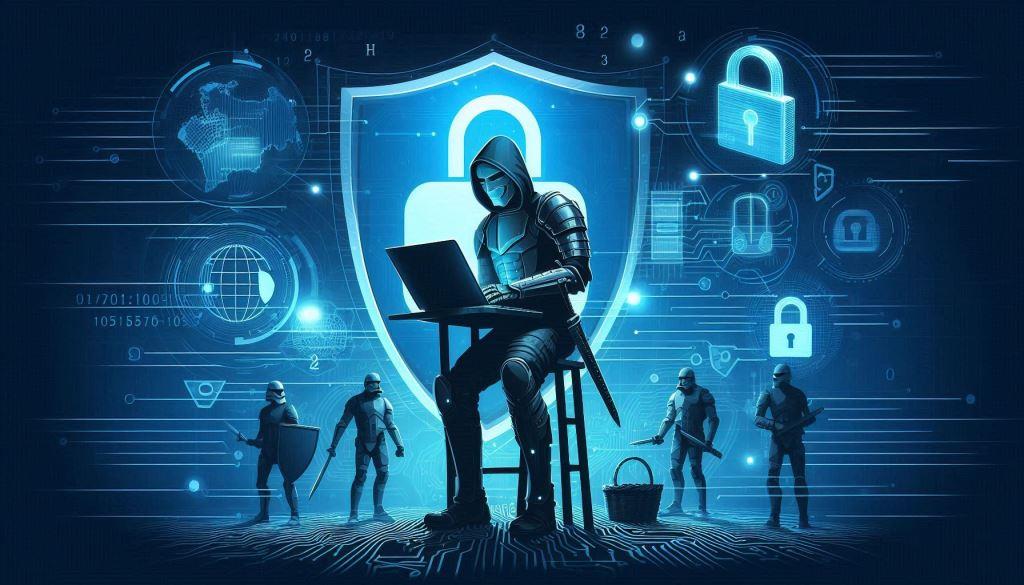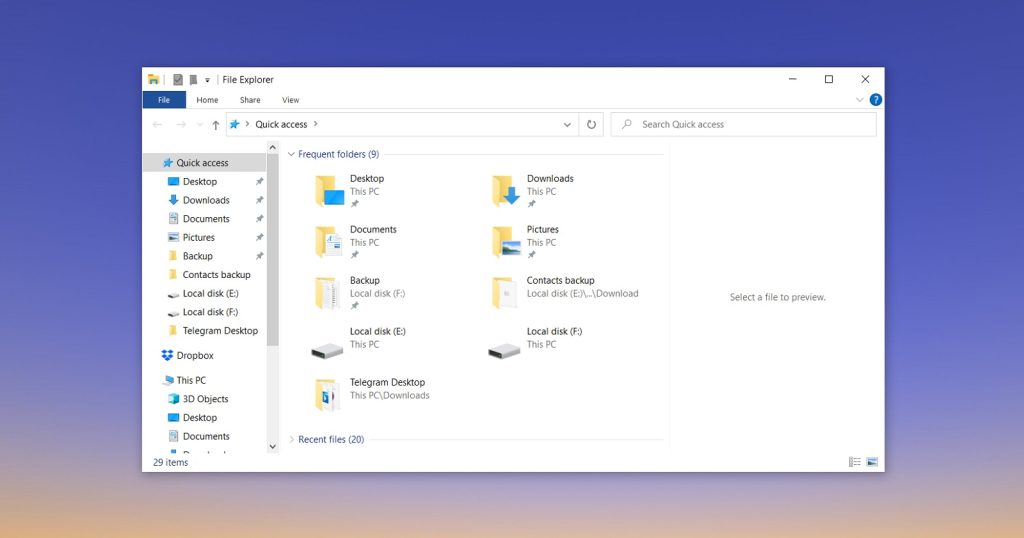In today’s digital age, our children are growing up in a world that’s vastly different from the one we knew. The internet is an incredible resource, offering endless opportunities for learning, creativity, and connection. However, it also presents new challenges and risks that parents need to navigate. As digital guardians, it’s crucial to understand how to protect our children while allowing them to enjoy the benefits of technology. Here’s a friendly guide to help you keep your child safe in the digital space.
1. Open Communication is Key
The foundation of digital safety starts with communication. Make sure your child feels comfortable coming to you with any concerns or questions about their online activities. Establish regular check-ins where you talk about what they’re doing online, what apps they’re using, and who they’re interacting with. Let them know they can always come to you if something doesn’t feel right.
Teach your child the importance of protecting their personal information. Explain that they should never share personal details such as their full name, address, phone number, or school with strangers online. Show them how to adjust privacy settings on their social media accounts and apps to control who can see their information.
3. Use Parental Controls
Many devices, operating systems, and apps offer parental control features that can help you manage what your child can access online. These controls can block inappropriate content, limit screen time, and monitor your child’s online activity. Familiarize yourself with these tools and use them to create a safer digital environment for your child.
4. Set Clear Boundaries and Rules
Establish rules for your child’s online behavior. This might include guidelines on how much screen time is allowed each day, which websites and apps they can use, and when they should avoid being online (like during meals or before bed). Be clear about the consequences if they don’t follow these rules.
5. Monitor Online Interactions
Keep an eye on who your child is interacting with online. This doesn’t mean you need to read every message or monitor every interaction, but it’s important to be aware of who they are talking to and the nature of those conversations. Encourage them to come to you if someone online is making them uncomfortable.

6. Encourage Critical Thinking
Help your child develop critical thinking skills when it comes to online content. Teach them to question the reliability of information, recognize scams or phishing attempts, and understand that not everything they see online is true. By fostering these skills, you’ll empower them to navigate the internet more safely.
7. Lead by Example
Children often model their behavior after their parents. Demonstrate good digital habits by using technology responsibly yourself. Show them how to engage with online content positively and respectfully, and practice good cybersecurity measures like using strong passwords and avoiding suspicious links.
8. Stay Informed and Involved
The digital landscape is constantly evolving, so it’s important to stay informed about the latest trends, apps, and potential risks. Regularly update yourself on new developments and adjust your digital safety strategies accordingly. Being involved and proactive will help you better protect your child.
9. Encourage Offline Activities
Balance is key to a healthy digital lifestyle. Encourage your child to participate in offline activities such as sports, hobbies, and spending time with family and friends. A well-rounded life helps them develop a variety of skills and interests beyond the digital realm.
10. Seek Help if Needed
If you encounter serious issues or need additional support, don’t hesitate to seek help from professionals. There are many resources available, including counselors, online safety organizations, and technology experts who can provide guidance and support.
By staying engaged and proactive, you can help ensure that your child navigates the digital world safely and confidently. Remember, the goal is not to eliminate digital experiences but to guide and protect them as they grow and explore. Together, you can create a positive and secure online environment for your child.








